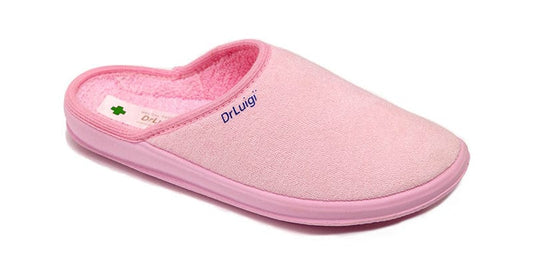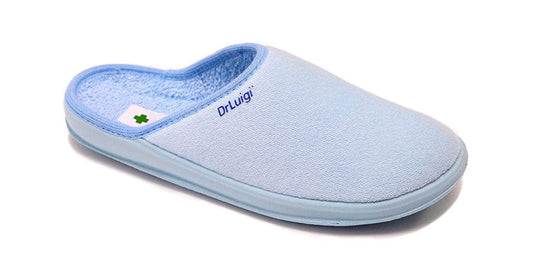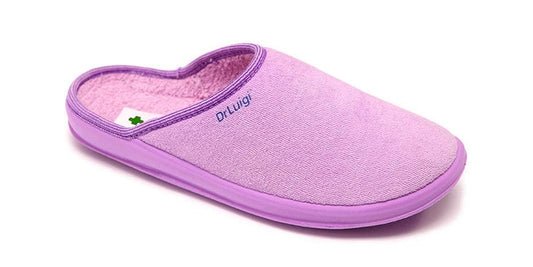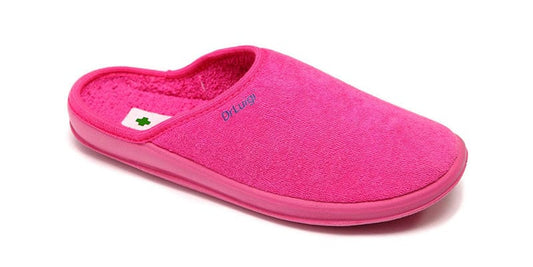Foot discomfort is a prevalent issue, often overlooked or attributed to various causes. However, the root cause can often be traced back to ill-fitting footwear. Whether you have strong or weak feet, selecting the right shoes is essential for alleviating discomfort and preventing future problems.
Understanding Foot Types:
- The Greek Foot: Characterized by a longer second toe than the big toe.
- The Roman Foot or "Square Foot": Where the first three toes are of similar length.
- The Egyptian Foot: Toes taper gradually from the largest to the smallest.
In addition to these foot types, individuals may have strong (wide) or weak (narrow) feet. Here's how to choose shoes based on foot strength:
For Strong Feet:
Strong feet typically have a wider forefoot and arch, often associated with conditions like hallux valgus (bunions) or flat feet. Here's how to find suitable footwear:
Footwear Shape:
- Avoid pointed or narrow-toed shoes, as they can cause discomfort and deformities.
- Opt for shoes with a square or rounded toe and a roomier fit to accommodate wider feet.
- Consider DrLuigi medical footwear for optimal comfort and support.
Material:
- Choose shoes made from soft, flexible materials like leather, suede, or microfiber for improved comfort and flexibility.
Tips for Trying Shoes:
- Wear the socks you intend to wear with the shoes during fittings.
- Bring any foot orthotics for proper fitting assessment.
- Try shoes on later in the day when feet are largest and most sensitive.
- Avoid shoes with multiple interior seams that may cause rubbing and discomfort.
Key Features:
- Look for shoes with a supportive heel, firm counter, stable base, and comfortable toe box to prevent foot pain and provide adequate support.
For Weak Feet:
Weak feet are characterized by a narrower forefoot and heel, requiring extra care to prevent discomfort and injury. Consider the following tips for footwear:
Footwear Selection:
- Avoid square-toed shoes that may not provide sufficient support.
- Opt for snug-fitting, well-supported styles to secure the foot properly.
Custom Support:
- Consult a podiatrist for custom insoles tailored to your foot shape to enhance support and comfort.
- Consider wearing thicker socks or additional insoles for added support and stability.
Fitting Adjustments:
- Use partial insoles in the front of the shoe if experiencing heel slippage while walking.
By understanding your foot type and strength, selecting appropriate footwear, and incorporating custom support solutions, you can effectively alleviate foot discomfort and maintain optimal foot health.





